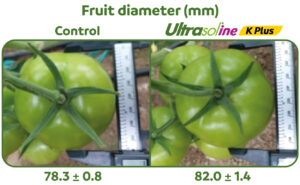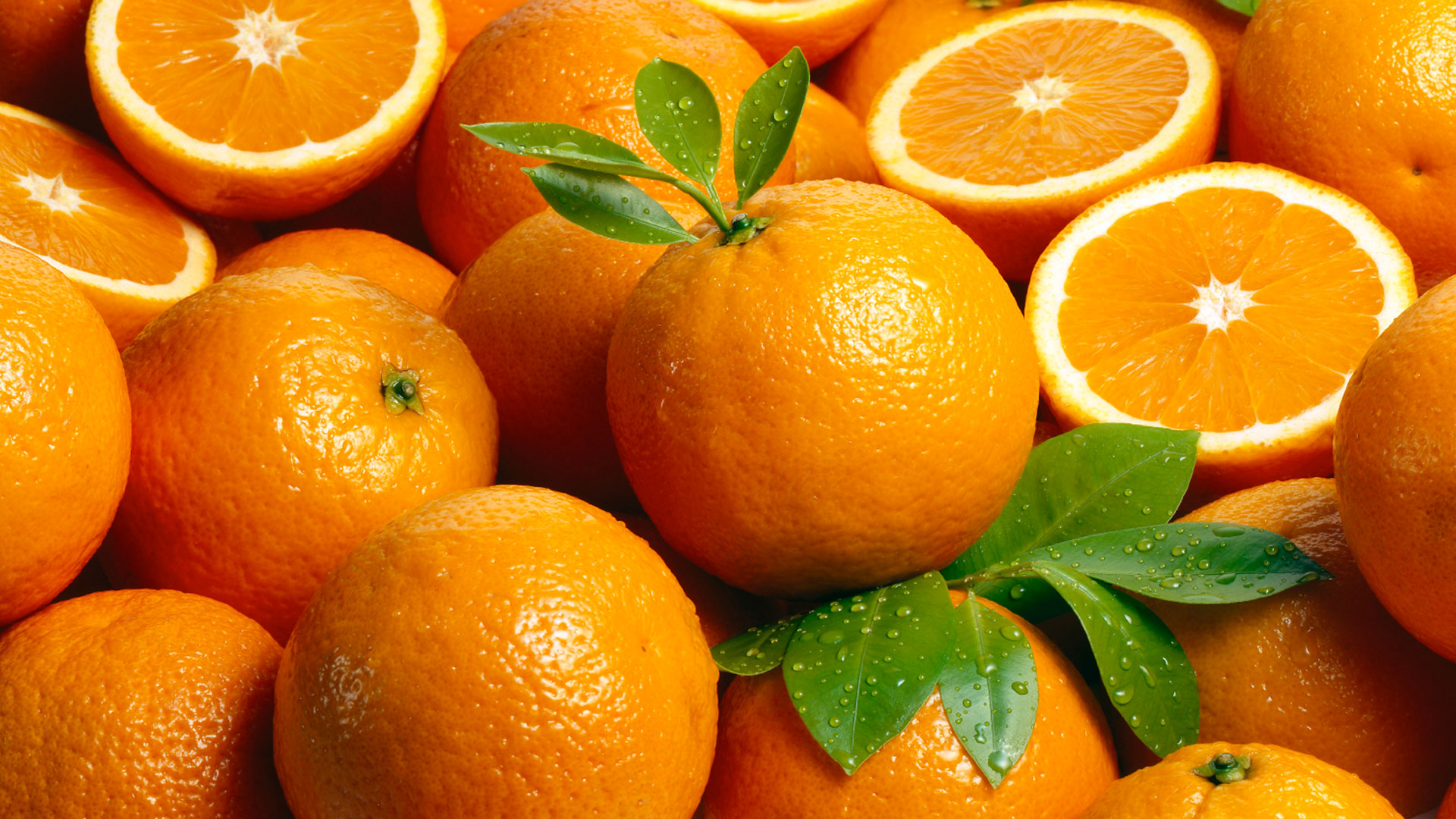Fertigation and foliar applications with potassium nitrate have proven to be highly efficient in fulfilling the potassium requirements for many crops. The combination of potassium and nitrate in this fertilizer has been found to be beneficial in improving fruit size, dry matter, colour, taste and integrity and resistance to biotic and abiotic stresses, for citrus and tomato fruit. Moreover, the integration of potassium nitrate in routine management or in specific growth stages results in remarkably positive benefit to cost ratio.
Foliar sprays with potassium nitrate significantly increased acid and sugar contents of citrus fruits. Moreover, fruit size was significantly increased as well (Table 1). Small size fruit is a problem for growers because it reduces grower’s return for oranges, grapefruits and tangerines. Citrus fruit size can be significantly increased by spraying the trees with potassium nitrate at concentrations of 3-6% (Table 2). Spraying potassium nitrate also decreased the crop loss reduction by decreasing fruit splitting in Nova tangerine and fruit creasing in Valencia orange (Figure 1).
Table 1. Effect of KNO3 sprays on Mineola’s tangelo acid and sugar contents, and fruit size (Fuente and Ramirez, 1993).

Fuente Orozco, H. and A. Ramirez. 1993. Nitrato de potassio (KNO3) foliar para mejorar la calidad en citricos. Faculdad de agronomia, Universidad de Caldas, Colombia.
Table 2. Effect of KNO3 sprays on citrus total yield and fruit size.

Boman, B.J. 1995. Effects of fertigation and potash source on grapefruit size and yield. In: Dahlia Greidinger International Symposium on fertigation, Technion, Haifa, Israel. 55-66.
Kanonitz, S., H. Lindenboum and J. Ziv. 1995. Increasing Shamouti fruit size with 2.4 D and NAA. Alon Hanotea 49: 410-413.
Rabber, D., Y. Soffer and M. Livne. 1997. The effect of spraying with potassium nitrate on Nova fruit size. Alon Hanotea. 51: 382-386.

Figure 1. Effect of KNO3 on citrus fruit rind disorders. KNO3 was applied in June and in the first half of August (Lavon et al., 1992 and Bar-Akiva, 1975).
An experiment with tomatoes was carried out in order to see the effect of various K-sources (KNO3, KCl and K2SO4) on the tomato yield. Potassium nitrate was superior to the other K-sources regarding yield level and mean berry weight (Figure 2).

Figure 2. The effect of various K-sources on the dry matter yield of tomatoes.







